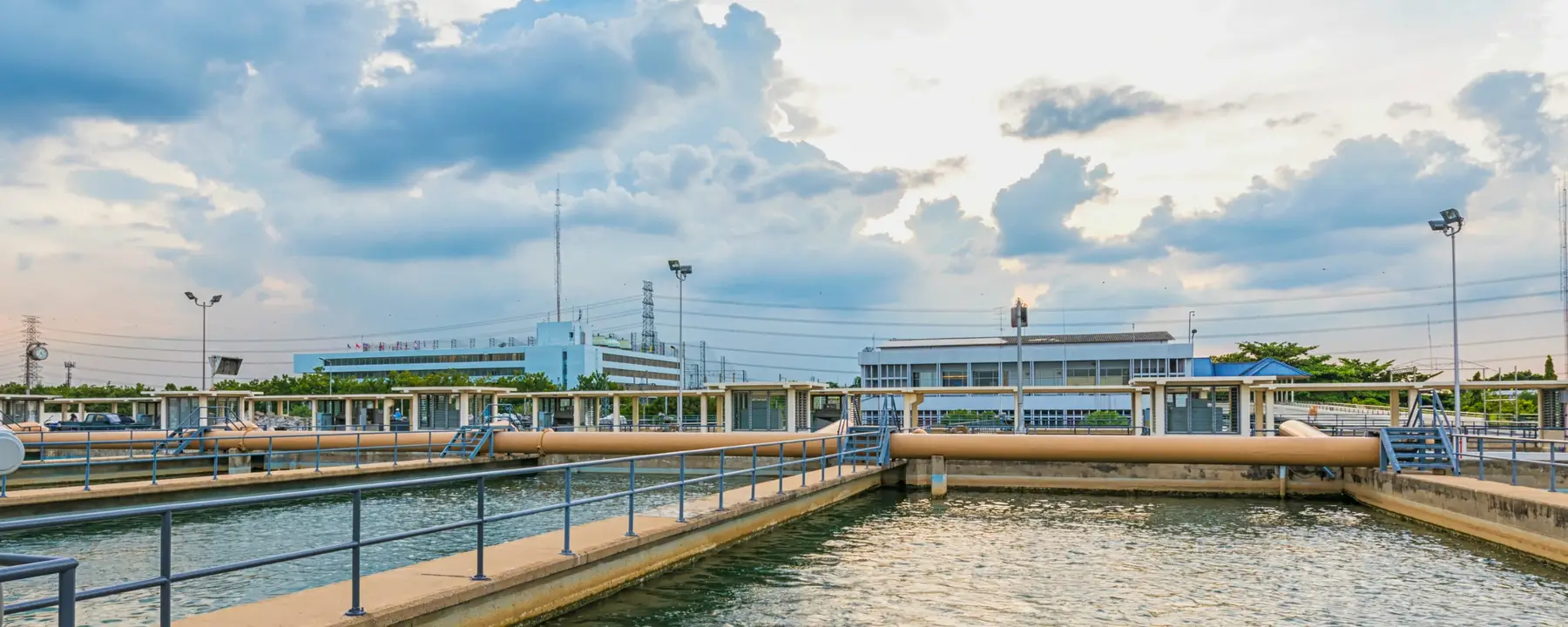Funding forward-thinking, collaborative, groundbreaking work
Game-changing discoveries are often the product of relentless collaboration. The Game-Changing Research Incentive Program (GRIP) at North Carolina State University asks local university personnel and RTI researchers to propose ways to stimulate the growth of interdisciplinary research. GRIP provides large-scale seed funding collaborative research efforts.
The GRIP program, a joint effort by the NCSU Office of Research, Innovation & Economic Development, RTI, and the Kenan Institute, allocates funding over three years to advance visionary research ideas. The program committee comprised of faculty and administrators from NC State, the University of North Carolina and RTI received 59 pre-proposals from more than 300 faculty members at ten North Carolina universities. They awarded funding to four projects, three of which included RTI researchers as principal investigators.
One of those efforts brings together researchers from RTI, NC State, Duke University, and the University of North Carolina system’s Water Resources Research Institute to lead our efforts at the intersection of nanotechnology and water sustainability.
Using Nanotechnology to Enhance Water Sustainability
Over 40 percent of the world’s population is affected by water scarcity. In the U.S., for example, scarcity is already impacting the agriculture, power, and manufacturing sectors. While a tremendous amount of water is available, about 98 percent of the Earth’s supply is salt water. Removing the salt to create potable water is an expensive undertaking that includes a complex purification process.
The typical research and development cycle for such efforts can take up to two decades. With looming water shortages around the world, researchers, hydrologists, and engineers need to work fast to deliver an affordable, energy-efficient solution that delivers potable water.
Our scientists believe nanotechnology can help address many challenges in water sustainability, including simplifying the processes necessary to desalinate and purify water.
We have developed functional nanomaterials that will prevent adhesion of biologicals to wetted surfaces—for example, in equipment used for desalination. By preventing this adhesion (also known as biofouling), we aim to help eliminate expensive upstream desalination processes and significantly reduce infrastructure costs across the entire desalination process.
Under this effort, our team will prototype and test nanomaterials, including
- Synthesizing and testing membranes with novel conductive, catalytic, topological piezoelectroic or mechanical properties to determine their efficacy for antifouling.
- Developing and employing chemical separation methods to improve the effectiveness of new nano-sorbents and nano-catalysts, which remove contaminants and nutrients from the water.
- Scaling up promising new nanomaterials to show their effectiveness removing phosphorous and perfluoroalkyl substances, which could provide new routes to water treatment processes.
Accelerating Development of Nanomaterials to Address Water Shortages
Our scientists are also working to decrease the “water-nanomaterial” development cycle, aiming to reduce it from 20 years to five to help resolve the growing shortage of potable water.
As part of our GRIP-funded effort, we will develop and utilize a rapid theoretical approach for predicting nanomaterials that are the most effective at non-fouling and capturing selected contaminants. We will integrate machine learning with simulations and modeling techniques and develop a new Life Cycle Analysis tool to enable scientists as well as future technology developers to receive real-time feedback and focus their attention on technologies and materials that are most likely to make the highest impact on water sustainability.
Revolutionizing Water Treatment through Collaborative Research
By fostering new collaborative research, developing our own testing protocols, and demonstrating advanced sustainable water treatment materials and technologies—as well as developing a life cycle assessment tool—our team aims to introduce new approaches to water purification that are more affordable and less complex than existing methods.
Our team will develop materials and processes that revolutionize water treatment, and rapidly scale up the purification of water in pursuit of novel solutions to the growing global challenge of water scarcity. One of our papers on this subject, Application and testing of risk screening tools for nanomaterial risk analysis, was recently recognized for its significance and impact by the journal Environmental Science: Nano.
- North Carolina State University
- The University of North Carolina at Chapel Hill

